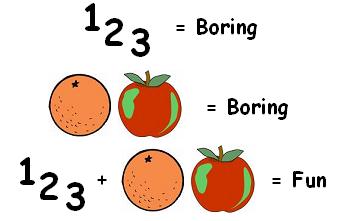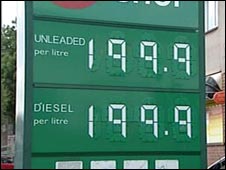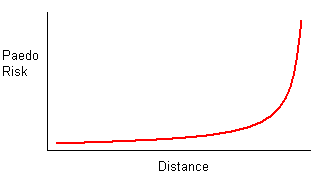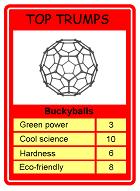What have the swiss ever done for me? It’s an obvious enough question. Well for one, there’s the cuckoo clock. Then they invented the handy, bright red pocket knife-come-toolkit, for an army that doesn’t actually ever get to fight any wars. A nice touch, that.
Oh, and now they’re plotting to blow up the planet.
Not really of course. From recent media hype you’d think that those boffins at CERN have just switched on the world’s greatest super-weapon. But previous track record aside, it seems nuclear physicists aren’t all hell-bent on creating bigger and bigger bangs.
No, the Large Hadron Collider is all about creating very, very small big bangs.
 So why would scientists go to all this trouble and expense?
So why would scientists go to all this trouble and expense?
Well, basically they have a big gap in their understanding of how the universe works. They know why planets go round stars and so on, and they understand how atoms work, but they want to know how these two branches of science relate to each other.
If successful, the Grand Unified Theory of Everything will at once be able to explain how big science works, how small science works, and why ITV viewers still phone premium telephone lines.
So what exactly do we the public get for the several billion euros it cost to build?
How Much?
You heard me. That’s 5 billion pounds of tax payers money – but remember it’s payable in installments. I think they sold us the idea in much the same way that those dodgy water filter companies sell home filter equipment. You know, “get lovely clean drinking water for only 9p a day”
This machine is capable of looking back at the Big Bang, which happened 14 billion years ago.
“£5,000,000,000 spread over 14,000,000,000 annual installments. That’s a snip at only about 30p a year to you sir.”
Bargain.
Particles Flyin’
To show their funky young side to the public, some of the scientists at CERN have created a rap video, the Large Hadron Rap. No, really.
The Coach always had in mind the people who would plot to blow up the planet would be just a little more, well.. evil looking.
It is a pretty good insight into the real reason these geeks have built the LHC – it’s the only way they know how to get girls. When that fails, they turn to rap music.
Look at them. They’ve built the biggest most expensive scientific experiment ever, which makes the smallest particles imaginable go as fast as is physically possible, down a tube colder than outer space, and recreate something that happened for a fraction of a millionth of a second, 14 billion years ago.
If they weren’t doing that, they be trying to topple the most dominoes, or squeezing themselves into ‘phone boxes.
Finding God
These Higgs Boson characters have been nicknamed the “God Particle” by the scientists. Basically this is the holy grail of theoretical physics. If the LHC works, it’ll prove the existence of science.
Is it me, or is that going to piss off all the world’s religious nutcases in one go? Like that’s not going to kick off some kind of war.
Fundamentalist nutters versus nuclear physicists. Hmmm. If George Bush drops a few nukes on CERN, it’s not like they aren’t precisely the kind of enemy that’s capable of building even bigger weapons to retaliate with.
What’s the worst that can happen?
Really, there’s nothing to worry about. The worst that could happen is the LHC creates a black hole which sinks to the centre of the Earth and devours the planet.
But fear not, Enstein tells us that time stretches out for any body getting sucked into a black hole. It’ll be a horrible, grizzly demise, but it’ll seem to last forever.
Rather like watching the England football team.
So either way you’re sorted for this evening. Enjoy the game, if you’ve subscribed to Setanta…




 With this in mind, I’ve extended the draw to a full 1024 schools, and plan to actually carry through with the competition, even if it takes 5 years to complete – which it will…
With this in mind, I’ve extended the draw to a full 1024 schools, and plan to actually carry through with the competition, even if it takes 5 years to complete – which it will…






 I give you: Carbon Trading Top Trumps.
I give you: Carbon Trading Top Trumps.


 In the olden days, electricity was manufactured, distributed and billed by the CEGB. By a process called privatisation, which is closely related to something called globalisation, the whole process was opened up to a raft of new companies who separately produce and distrubute the electricity, whilst yet another one sends you the bill.
In the olden days, electricity was manufactured, distributed and billed by the CEGB. By a process called privatisation, which is closely related to something called globalisation, the whole process was opened up to a raft of new companies who separately produce and distrubute the electricity, whilst yet another one sends you the bill.
You must be logged in to post a comment.